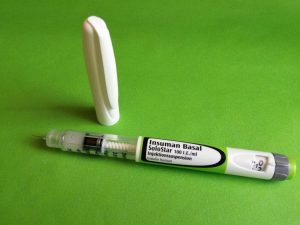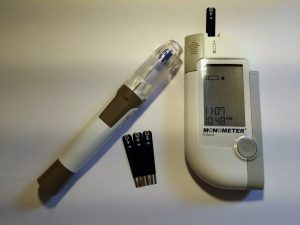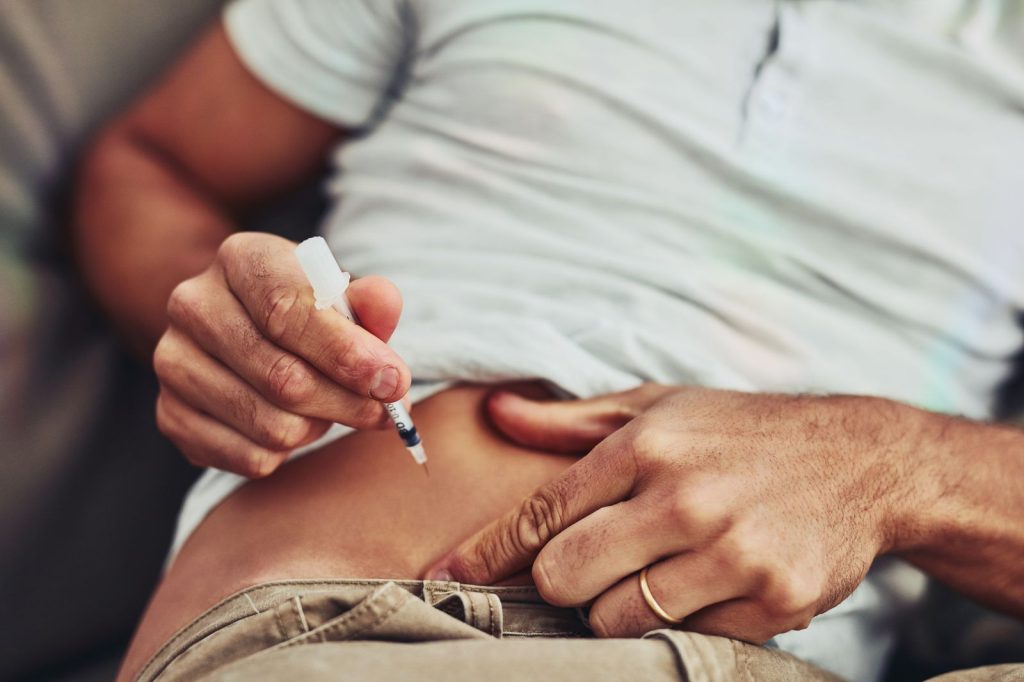Finding out that you or your child has type one diabetes (T1D) is something no one wants to hear. The thought of being dependent on insulin by injection or pump can be overwhelming, even though it’s your best line of defense.
The biotech industry is making progress on the battlefield against T1D and constantly looking for a cure, and they’re making diabetes management less overwhelming in the meantime.

Some advancements even offer a glimpse of hope that a cure is near. In the meantime, the best way you can prevent complications is to learn more about insulin.
A T1D Breakdown
Children are the most affected by T1D because its onset is different from type two. Individuals don’t have control of their risk for T1D. An autoimmune malfunction is the cause as the body’s immune system turns insulin-producing cells into the enemy.
The immune system goes to battle against the pancreatic beta cells, depleting them completely in some cases. Without beta cells, the body can’t produce insulin to regulate blood glucose anymore, which leads to uncontrolled glucose levels.
The person with type one diabetes becomes dependent on external insulin to manage their condition.
Insulin Evolution
Your child might’ve been diagnosed recently, and your fear as a parent is justified, especially if you don’t know much about insulin management. Fortunately, the evolution of insulin has made it a lot safer and more efficient.
Paul Langerhans was the founder of a cluster of cells within the pancreas in 1869.
These are the cells responsible for insulin production, and the clusters were later
named the Islets of Langerhans.
In 1901, American Physician Eugene Opie was the first man to discover that the destruction of these cells caused diabetes because the body can no longer produce its own insulin.
In 1921, Frederick Banting and Charles Best from Toronto, Canada, started
experimenting successfully by injecting liquidized pancreas into dogs with T1D, and
by 1922, they helped a boy with T1D live 13 years.
Eli Lilly was the first manufacturer to produce fast-acting insulin in 1922, and intermediate insulin was found by Novo Nordisk in 1950. The first human synthesized
insulin became available through biotechnology in 1978.
This was a huge step forward in insulin safety because allergic reactions were less common with the synthesis from human cells. Previously, cells taken from an animal pancreas were often rejected by the human immune system.
But now, insulin was safer for children and young adults globally. The evolution sprung forward from this point.

Injections were another unpleasant part of insulin therapy, and the insulin pen was released by Novo Nordisk in 1985. It provided better accuracy, easier use, and less injection pain.
Medtronic released the first insulin pump in 1992, called the MiniMed 506. It was an incredible leap forward in T1D treatment. The MiniMed 506 could deliver insulin for daily requirements, and by using a meal bolus memory, it delivered precise doses of insulin two hours after eating.
Eli Lilly introduced genetically-modified insulin in 1996, called Humalog. The amino acids in Humalog have been altered to improve absorption, distribution, metabolism, and excretion, making it more effective than previous insulins.
The 21st century saw a flood of new advancements, including an artificial pancreas with glucose monitors.
Whether you’re using a pump or injectable human insulin, the synthesized hormone has become much safer as long as you follow guidelines from your doctor.
The Different Types of Insulin
There are four main types of insulin, namely:
● Rapid-acting insulin, which works in 15 minutes and lasts three to four hours.
This is the one you often use before meals.
● Short-acting insulin, which works in 30 to 60 minutes and lasts for five to eight
hours. It’s also often used before meals.
● Intermediate-acting insulin, which works in one to two hours and lasts for 14 to
16 hours.
● Long-acting insulin, which works after two hours and lasts 24 hours or more.
Best Injection Sites
Your healthcare provider will show you how to inject insulin subcutaneously. The best
sites for injectable insulin are:
● Abdomen
● Upper arms
● Upper thighs
● Buttocks

Insulin Reaction
Sometimes, you might have a reaction to insulin, which most often manifests in hypoglycemia, an extremely low blood glucose level. Symptoms might include:
● Fatigue
● Sweating
● Confusion
● Loss of consciousness
● Seizures
● Inability to speak
● Pale skin
● Muscle twitches
How to Stop the Reaction
Anyone using insulin should carry with them 15 grams of fast-acting carbohydrates at all times. This might be half a cup of fruit juice, two tablespoons of raisins, one tablespoon of honey, or five lifesaver candies.
Ironically, lifesaver candies are the easiest fast-acting carbohydrate to carry, and they can save you or your child’s life. Additionally, ensure that everyone knows of your child’s condition and how to help them if you’re not around.
Beware of the Insulin Saboteurs
Insulin use is simple with your doctor’s instructions, but some habits could sabotage
your management. They include:
● Forgetting to measure your glucose levels
● Missing a dose
● Skipping meals
● Making unhealthy food choices
● Allowing stress into your life
● Not exercising
● Smoking
● Dehydration
● Being overweight
● Continuously injecting insulin in the same spot
Avoid these problems to keep your insulin therapy at optimum effect.
Final Thoughts
Managing your T1D or that of your child becomes less stressful when you learn a few details about your treatment. Insulin is much safer than it used to be, which can reduce stress while getting used to a new treatment method. Make sure to discuss any problems or questions with your doctor.
